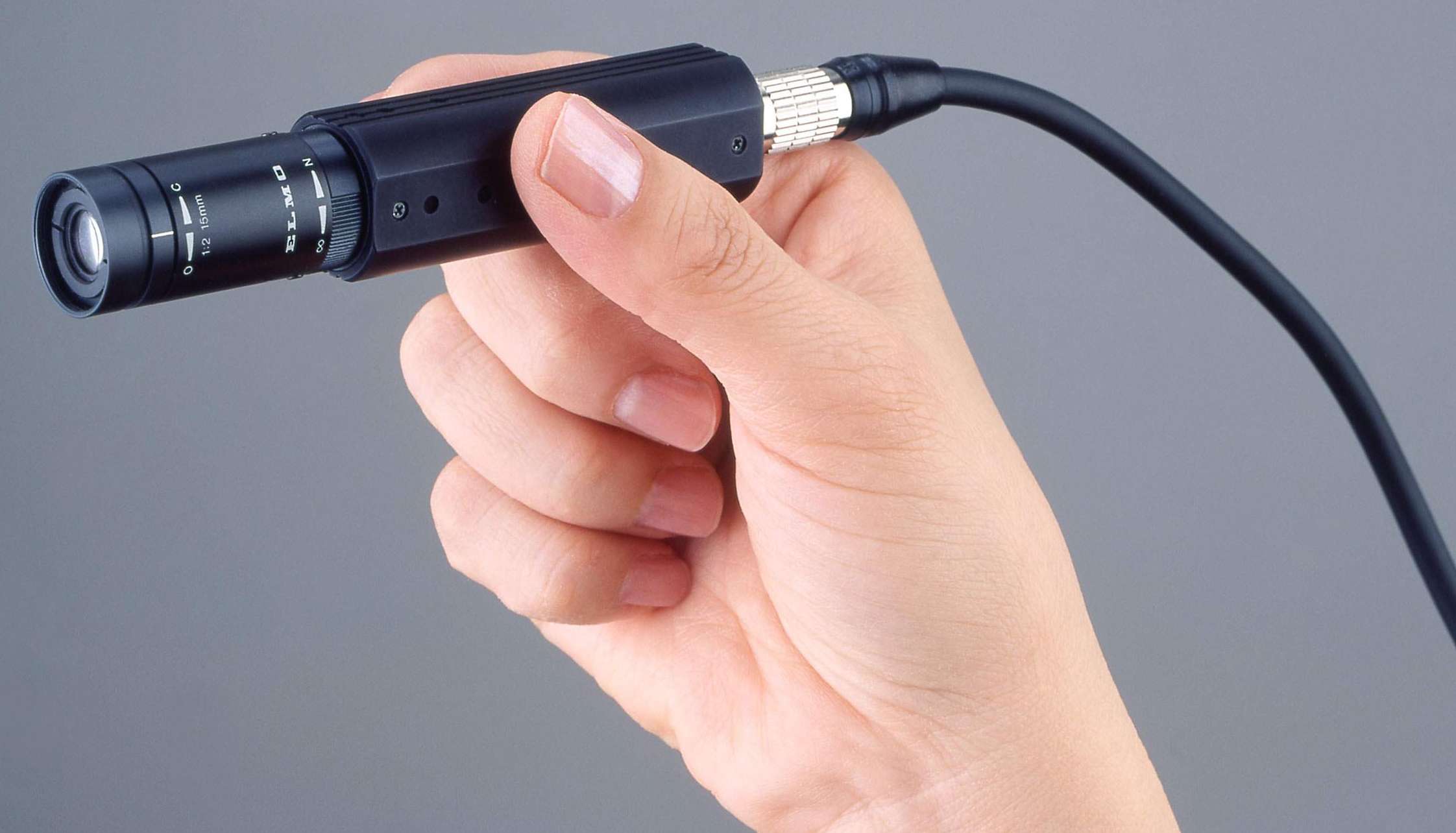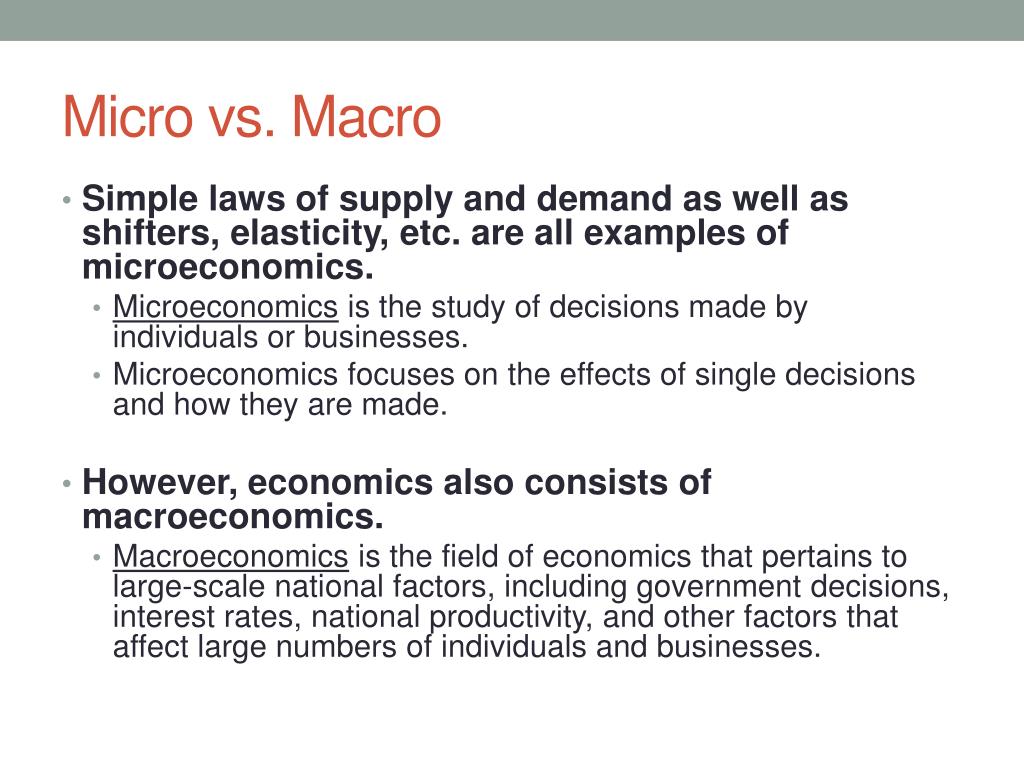

You see, the autofocus has a hard time pinpointing your desired point of focus when you’re only a few inches away from your subject.

Especially when you’re working so close to your subject. Slow Autofocusĭedicated macro lenses are plagued by severe autofocus difficulties. Or better yet, use a tripod to ensure your camera doesn’t move at all while you’re taking pictures.

It’s essential to hold your camera in a firm grip with your elbows tucked in. Most of the budget macro lenses don’t have it. The closer you place your lens to your subject, the more difficult it is to capture sharp images due to camera shake.įortunately, many macro lenses have built-in image stabilization, which helps counteract the movement.īut what if you find yourself working with a lens that doesn’t have image stabilization. Disadvantages of Using a Macro Lens Image Stabilization Difficulties But the quality of the bokeh itself will vary depending on the aperture size you choose. The difference in depth of field between f/2.8 and f/16 is a matter of a few millimetres. The only difference is that the effect isn’t going to be as prominent with a narrow aperture. The reason for this is that the lens naturally creates background blur when it gets close to a subject. The 100mm f/2.8L macro lens for Canon and Sigma 105mm f/2.8 are some of the best options that provide the best background blur.īut it’s also worth noting that even if you use a small aperture such as f/16, you’ll still end up with bokeh. Since most macro lenses can shoot up to f/2.8, you can guarantee that you’ll get the smooth backdrop you crave. What is a macro lens if not a creator of a soft and creamy bokeh that makes the subject stand out from the background.īokeh comes from using a wide aperture, which produces a shallow depth of field. Excellent Bokehīokeh refers to the background blur you get in your photos. In contrast, standard lenses with a macro filter or other attachments don’t produce the same level of sharpness. The old Tamron 90mm f/2.8 macro lens is one of the sharpest options I’ve ever used. What Are the Capabilities of a True Macro Lens? Superb Sharpnessĭedicated macro lenses tend to be incredibly sharp.Įven budget macro lenses produce high-quality images. Although in visual terms, an average person can’t tell the difference between the two at all. The only difference is that you can’t call it a real macro image because the ratio isn’t 1:1. Of course, that doesn’t mean you can’t use 2:1 versions at all. If it’s not 1:1, then it won’t get you accurate macro images. When you buy a macro lens, I recommend checking the maximum magnification ratio. And since they don’t have a 1:1 magnification, the image they project onto the sensor is smaller. On the other hand, regular lenses have a focusing distance of at least a foot or more. In other words, it can focus on an object several inches away. So how about the difference between a macro lens and a standard lens? Well, apart from displaying subjects as life-size, a macro lens also has a short focusing distance. In other words, that 15 mm wingspan would now be 30 mm when projected onto the sensor. Why? Because the 2:1 value indicates the resulting image is twice the size of the object in front of the camera. If it says 2:1 or more, then it’s not a real macro lens. So how do you know if the one you have isn’t a dedicated macro lens? The secret is to look at the ratio on the barrel. You need to be aware that while some lenses have a macro function, it doesn’t mean that they’re authentic macro lenses. So what does that mean? If you photograph a butterfly with 15mm wings, the image projected by the lens onto the sensor should also be the same length. What is a Macro Lens-The Technical DefinitionĪ real macro lens needs to have a 1:1 magnification. Meanwhile, a macro lens doesn’t do anything to magnify the scene.

Micro photography uses strong magnifications, which often involve a microscope. Macro photography is all about capturing objects visible to the eyes. The difference is that micro photography focuses on shooting on a micro-level (microbes, cells, etc.). They both concentrate on capturing small objects. Macro photography is similar to micro photography. What Is A Macro Lens and Macro Photography?īefore we start discussing lenses, let’s find out what macro photography is in the first place.


 0 kommentar(er)
0 kommentar(er)
